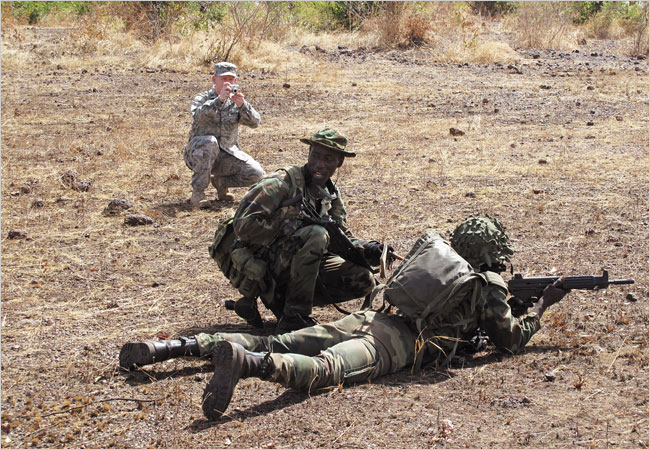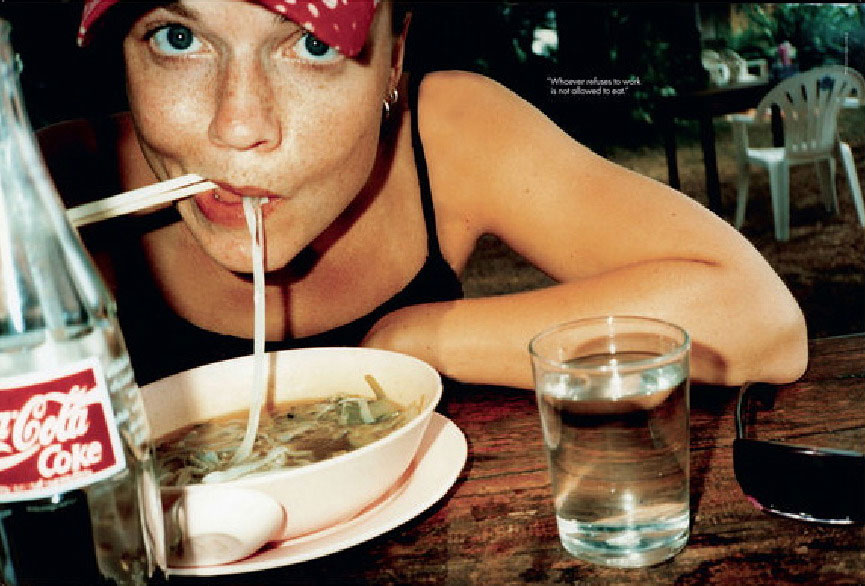Notes
The Anti-Terrorism PR

As an experimental lab, USAID/Mali launched its reengineering effort in December of 1994. After several retreats and numerous brainstorming sessions with partners and shareholders, a strategic plan was finalized in August 1995.
A deep restructuring process was then undertaken in establishing terms to replace Divisions and to rebaptize positions and establish new personnel classifications. The Vision statement agreed upon was More Mali, Less Aid. The goal statement was Mali achieves a level of sustainable economic, political and social development that eliminates the need for concessional foreign assistance.
The four Core values are:- Customer focus; – Results orientation; – Participation and teamwork;- Empowerment and accountability.
Rebaptize? Less aid?
I’m not in a position to judge either American foreign aid or “non-military counter-terrorism” efforts in Mali. I am, however, suspicious of the government’s language above from an overview of the current Malian US Aid strategy on its website. Frankly, it reads like “No Child Left Behind” meets Bush/Brownie’s FEMA.
This wonderful image by Michael Kamber accompanies a NYT article this week updating the situation in Mali. The gist of the write-up is that America, concerned about al Qaeda moving into remote Western Africa, is providing Mali — a relatively peaceful country with a military sporting exactly two helicopters — with some preventative help. In this image, we have a photo of a photo being taken by a U.S. military trainer capturing Malian troops performing a simulated attack. In Kamber’s hands, however, the story is not nearly as clear-cut as that, though.
After years of unrelenting censorship and propaganda from the military, a good deal of it conditioned by the process of embedding, I think Kamber embeds his own commentary here by offering us not just an image but the occasion for an image (what people, back in the day, used to refer to as “a Kodak moment”). Just as the photo by the U.S. officer serves its own “actionable” function, as a training moment, I think Michael takes a similar opportunity to capture something quite different.
What Kamber invites us to do, I believe, is not just take the visual information on its face, as the record of a supposedly vital military activity, but to also consider it as military PR.
(Slightly revised – 12/20)
from: U.S. Training in Africa Aims to Deter Extremists (NYT)
(image: Michael Kamber for the New York Times. Kati, Mali. November, 2008)


Reactions
Comments Powered by Disqus